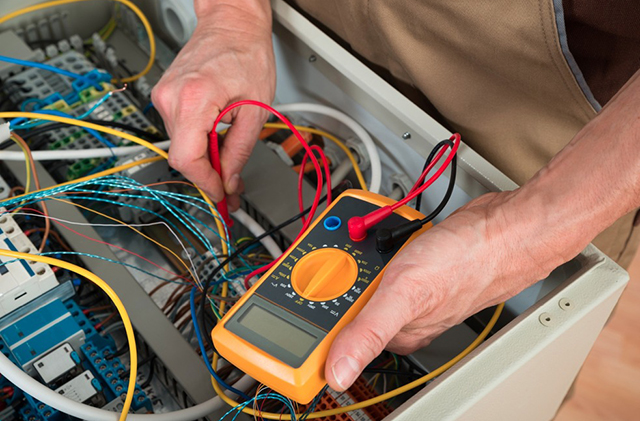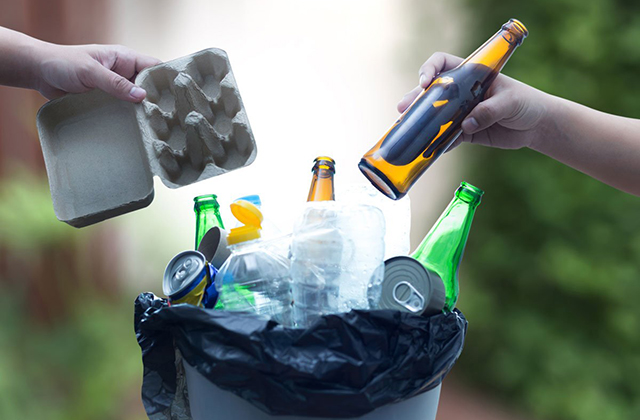Lots of touring surfers are often injured and many surfers in general suffer from back, shoulder and knee pain. If this wasn’t bad enough the new school surfing crew are pushing surfing dynamics that will only increase the likelihood of compression, rotational and impact injuries. Waves is and adventure that most surfers played during the surf contest.
New school surfers are changing the elements of surfing that ultimately means surfers at all levels aspire to pull off big moves and launch themselves while twisting and turning their bodies like a gymnast or half pipe snowboard rider. These types of moves are far more challenging and stressful on the nervous system, joints, connective tissue and the human body. It will be the surfers who incorporate surfing workouts and specific surfing exercises into their lifestyles that will do much better when it comes to long-term surfing performance and competition.
Jordy Smith is over coming rib injuries, Jeremy Florence has to deal with ankle problems, Mick Fanning has over come torn muscles and scoliosis, Tom Carroll has had serious fin cuts. As more surfers are projecting themselves into critical sections of waves looking to land the ultimate aerial maneuver a higher number of surfing injuries will occur. If you wish to surf well it is wise to prepare for injuries because they happen to the best of the best.
I believe the scene has gone full circle. Years ago every surfer was a cruiser, just happy to be in the water and flow. While this is still an important element of surfing today, the scene has dramatically changed. Back in the day surfers found pools and slopes to skate to maintain a sense of surfing and keep their bodies active during flat spells. This was their surfing exercise. Yet as the level of surfing became faster and more dynamic an elite few knew that surfing training was the best way to prevent injuries, surf better and surf for longer.
Shaun Thompson way back in the 70′s knew that surfers are athletes and as time has gone on surfers like Tom Carroll, Barton Lynch, Layne Beachley, Mick Fanning and Kelly Slater have proved that surfing, like golf, requires fitness, core strength, full body power, flexibility training and sport specific surfing workouts to overcome injuries and stay on top of their surfing performance. They knew that working on their bodies out of the water was key to performing better in the water. They knew that body weight training, connective tissue training, elements of yoga and elements of speed, agility and strength training all had a place in preparing the body for surfing.
Surfing has slowly been recognized as a demanding sport rather than the outdated belief it is an easy non-physical past time. Surfers themselves are beginning to realize they must condition themselves like any other athlete. They are starting to understand there are important surfing training elements that can be trained out of the water that dramatically improve surfing performance and reduce the likelihood of athletic injuries.
Put simply, surfing is a physically demanding sport that puts the rider into dangerous situations involving radical positioning and maneuvers. The rotational torque on joints and muscles combined with bigger impacts landing on flat sections, boosting higher off meaty lips and racing with more speed through hollow sections means the entire body is constantly tested athletically. By incorporating surfing workouts into your life, a stronger, more flexible and fit body will be the result. Surfing workouts and specific surfing exercises ensure you will be able to consistently pull off dynamic maneuvers without busting up your body or leaving you injured and watching from the beach.
Hayden Rhodes has coached professional and amateur athletes improve their performance through scientific personal training, hormonal testing, nutritional coaching and performance principles.
If your a professional surfer or just getting started and want to improve as a surfing athlete then please visit http://SurfTrainingSecrets.com. Do you want to improve as a surfer?
For a free 5 day coaching guide on boosting your surfing performance please visit http://SurfTrainingSecrets.com
Thank You I look forward to your questions and comments.
Keep Training and Keep Surfing
Hayden Rhodes
Thank You
Article Source: http://EzineArticles.com/expert/Hayden_Rhodes/1006429
Article Source: http://EzineArticles.com/6648988



